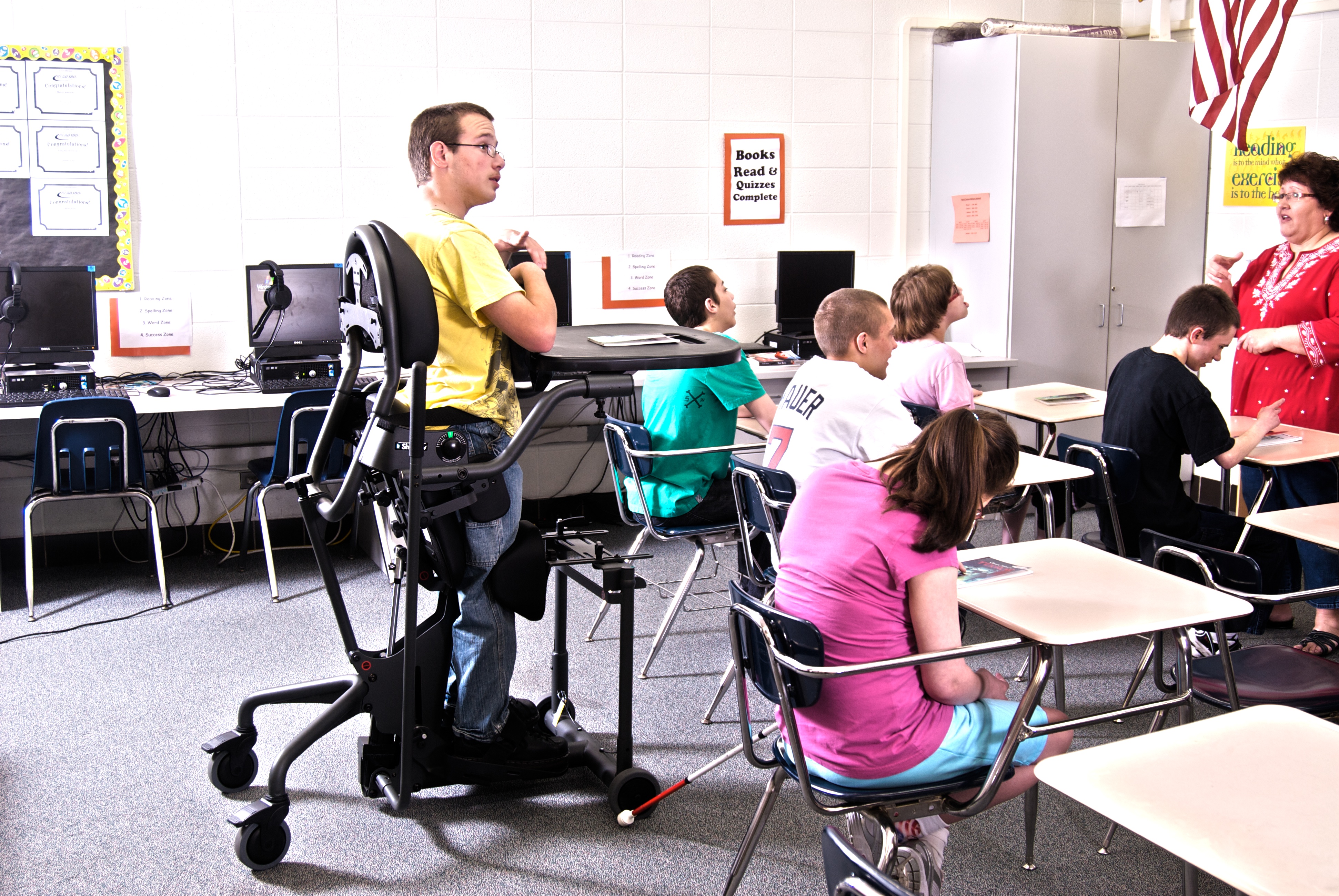
Example LMNs




Still have a funding question that you need answered? Call our toll free funding hotline! Maryann M. Girardi, PT, DPT, ATP is our Funding Specialist at EasyStand. She is available Monday-Friday 7:30am-3:30pm Central Standard Time at 877-844-1172 to answer your funding questions and provide guidance. She is also available by email at funding@altimatemedical.com or fax at 507.697.6900.
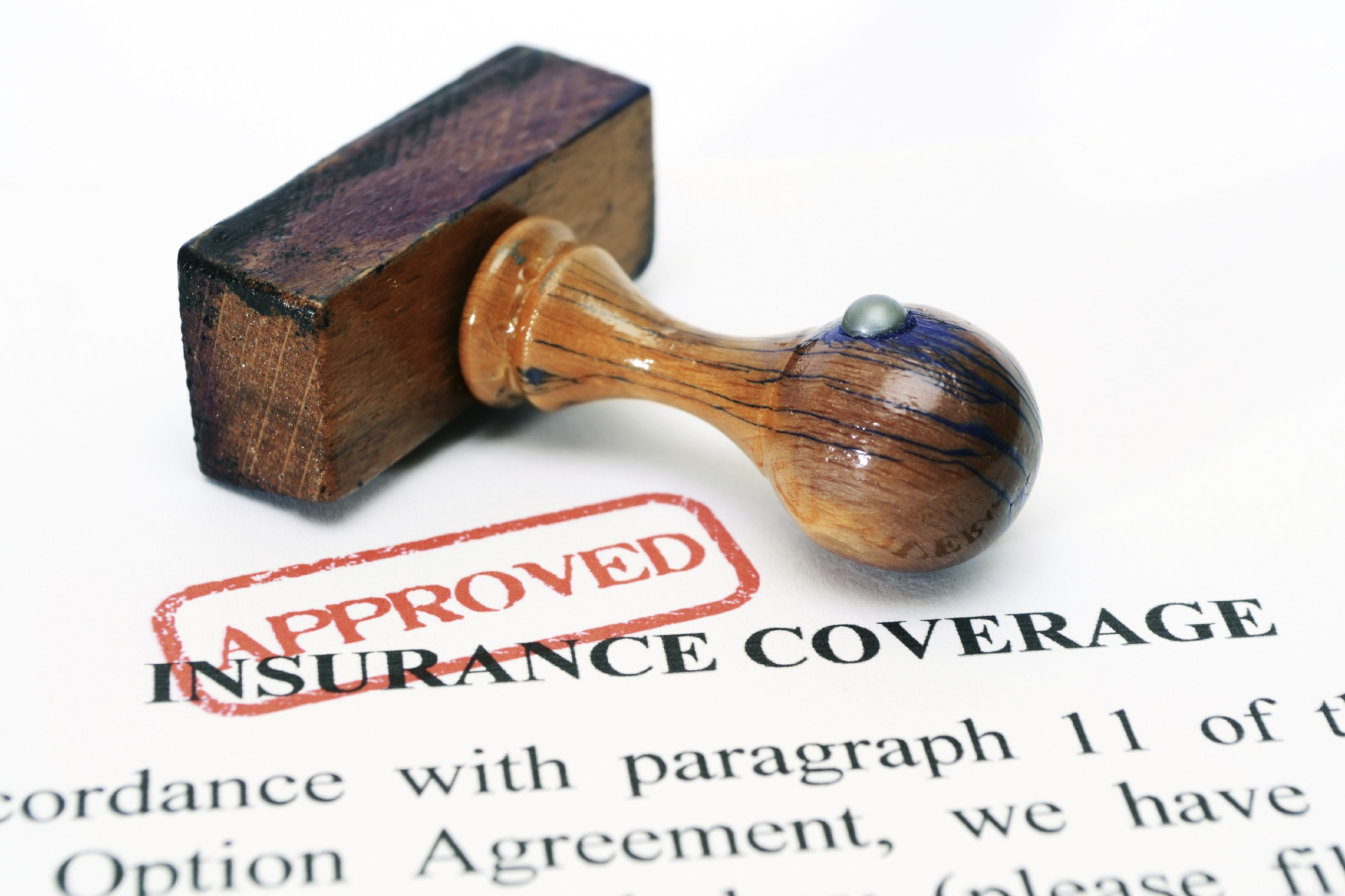
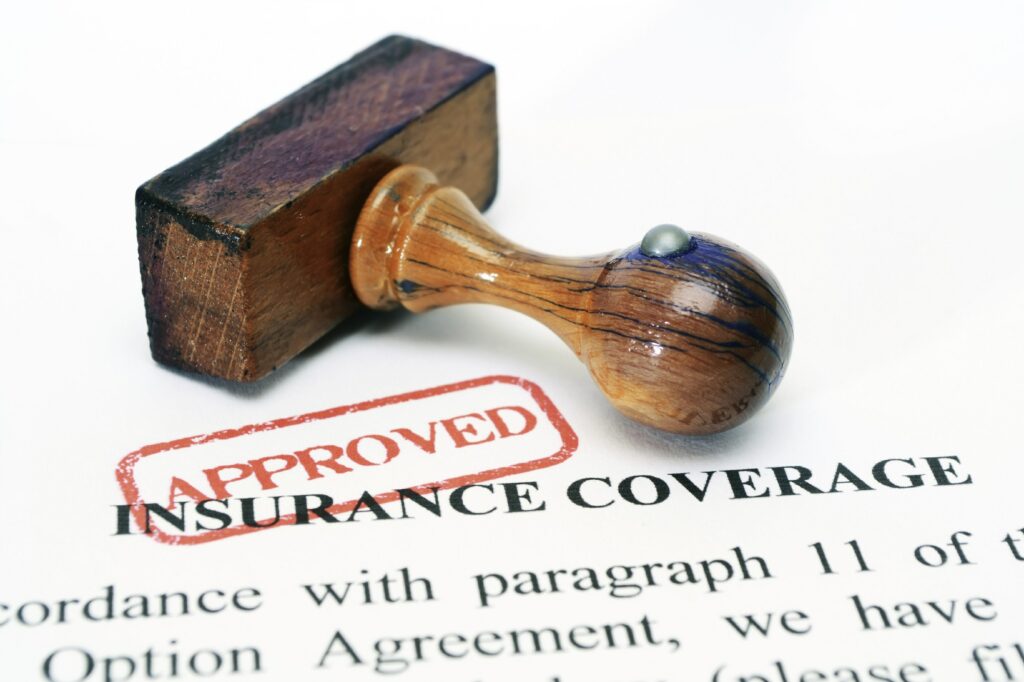
While the benefits of standing are numerous, occasionally, funding sources do not agree with consumer needs. Many standing devices have been paid for after an appeal. EasyStand is here to help you understand and navigate the appeals process for standing devices.
Appeal if denied! The consumer must start the appeals process.
Was it complete? Does it include the equipment trial process and the individual’s specific medical needs? If you are not comfortable reviewing the letter of medical necessity fax it to 952-937-0821 or email nancy@easystand.com and we will be happy to assist with the review.
This written request must be received by the funding source within a specified time frame, usually within 90 days. Send a copy of the notice of denial with the funding appeal letter and keep the originals. The notice includes necessary information such as recipient’s name, address, and ID number.
The referee may schedule a telephone hearing. Although, you have the right to an in-person hearing which is usually preferable. You can, in fact, state in the letter that the hearing be held in-person.
Such as a Physical Therapist, Occupational Therapist or Physiatrist. In-person testimony is desirable; however, it is acceptable to have testimony by phone or in a written letter of medical necessity.
PAAT (Protection Advocacy for Assistive Technology) attorneys are a free resource available to assist clients with disabilities and their families as they seek funding for Assistive Technology.




Writing a Letter of Medical Necessity A letter of medical necessity (LMN) is a detailed prescription a clinician writes and is submitted to the funding source. The letter should be consumer specific, not just a list of the medical benefits of standing. Documentation must communicate the process that was followed, the options that were considered, and the medical necessity for the requested equipment. The documentation should include all of the following:
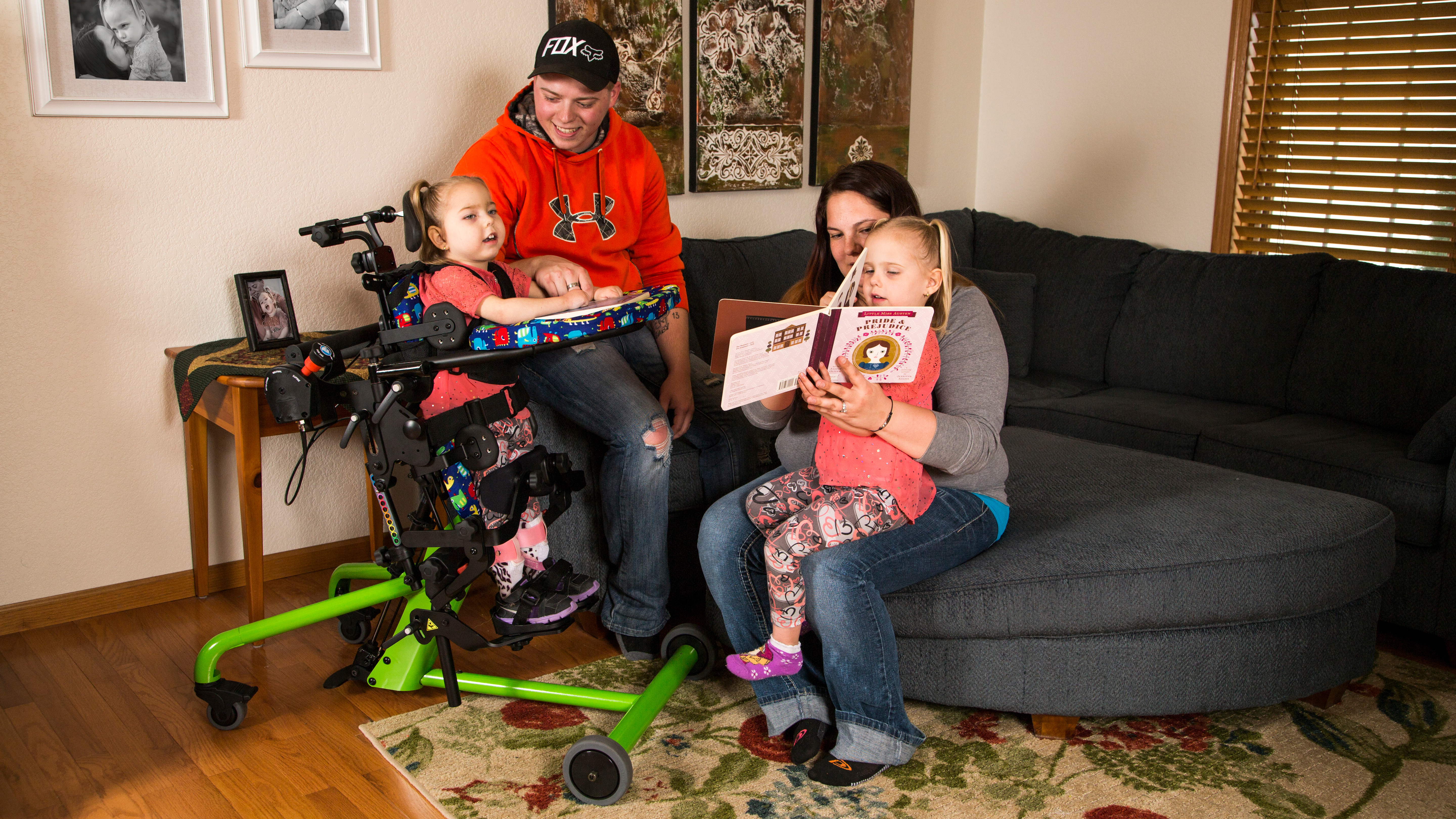
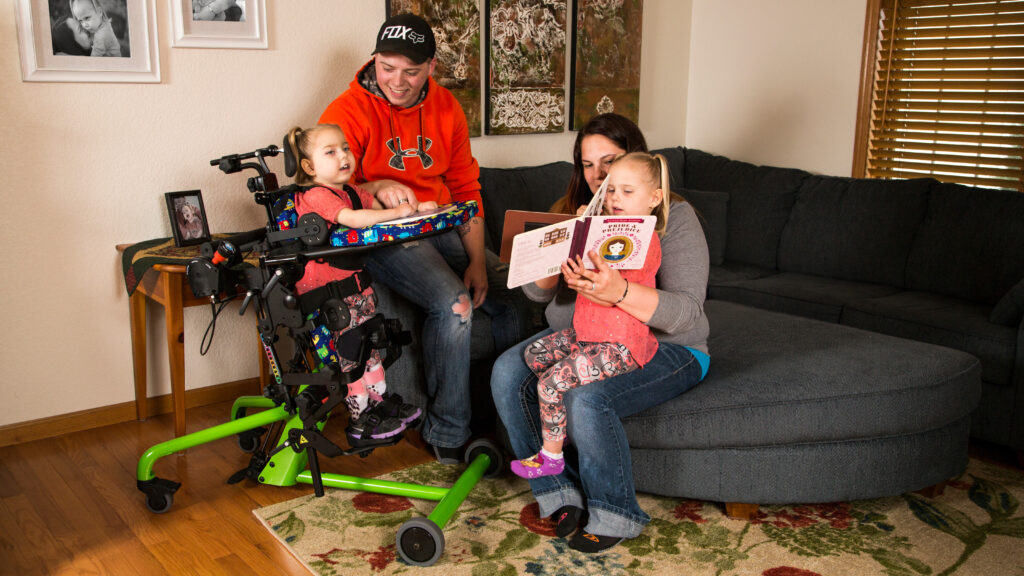
The funding process can seem difficult and sometimes even frustrating, but when you understand the process and have a team to support you, funding a stander can be much less stressful. At EasyStand we want to provide you with some of the resources to help with this process. One of these is understanding the team dynamic behind the funding process.
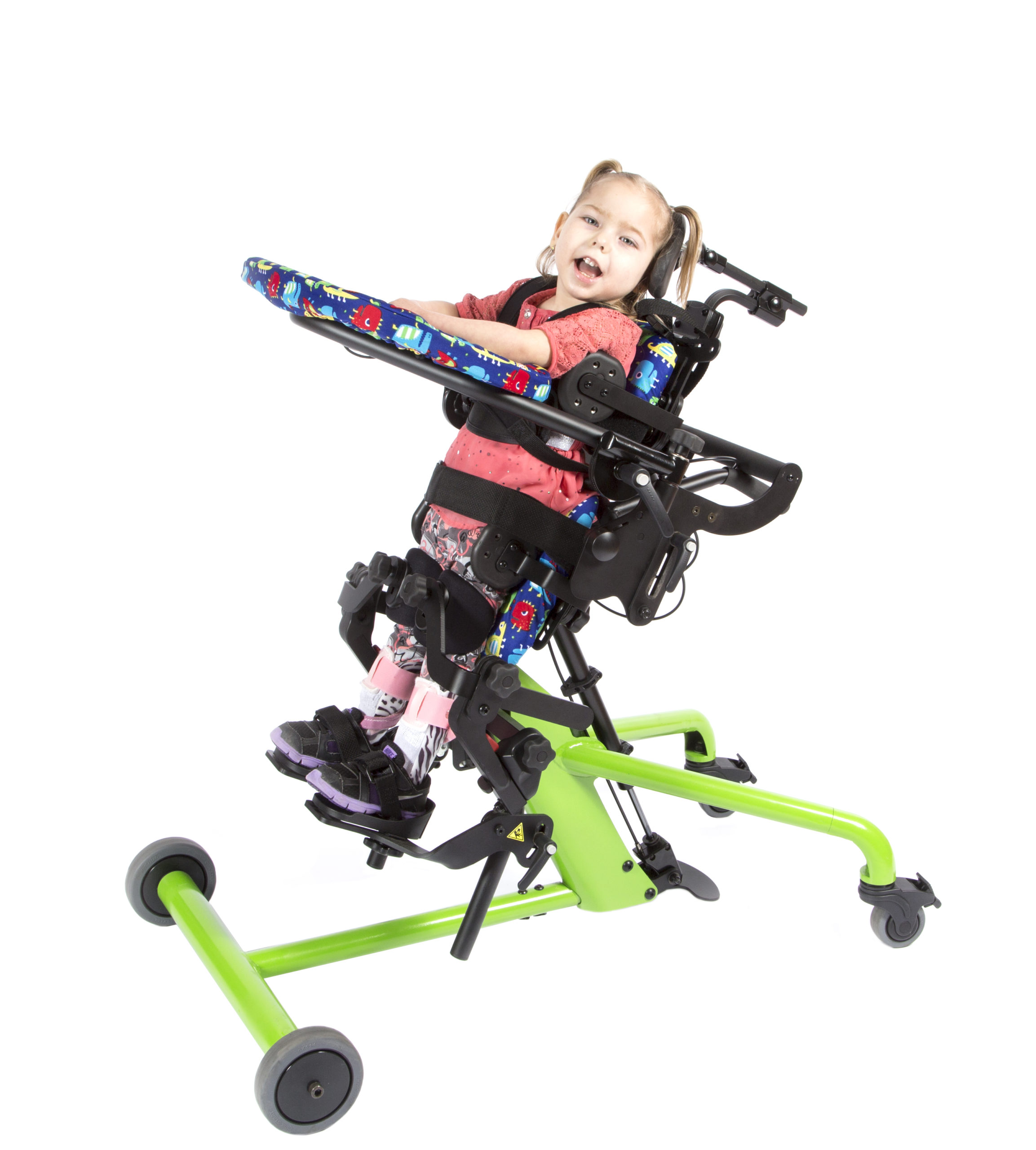
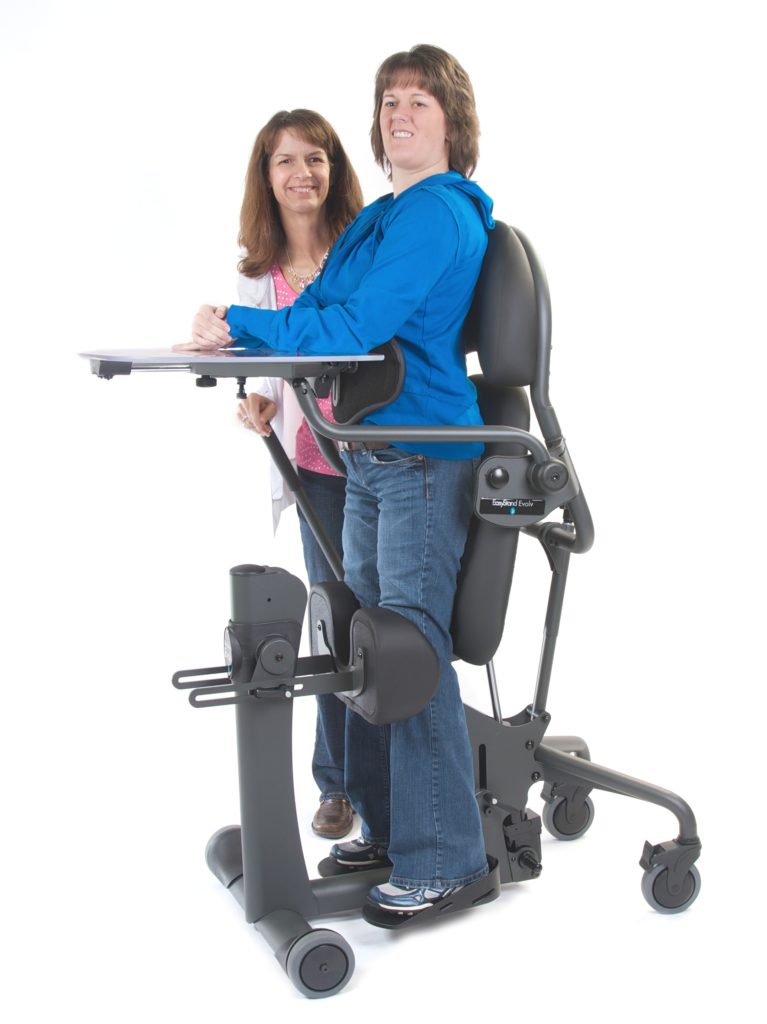
Standing devices are considered Durable Medical Equipment (DME) and are categorized as Complex Rehab Technology (CRT). These devices must be individually assessed and configured for best outcomes. They are designed to support a consumer, regardless of age, in a standing position.
Therapist and/or Physician determine medical necessity for a standing program. Before initiating a standing program, medical clearance is critical for the consumer to stand. Clinical data, and a review of relative risks and benefits of use, determine medical necessity. This information is gathered through clinical assessment and should, at minimum, include the following:
Rehab Team determines the most appropriate standing device for the consumer. Using the assessment data and goals for the consumer, consider all standing device options and select the device that is the least costly, equally effective alternative.
Gather necessary documentation from the Rehab Team for product justification. Requests for authorization of standing devices are typically submitted by the CRT supplier and must be accompanied by clinical documentation from a licensed physician or occupational or physical therapist. The writer should establish their expert credentials by describing: expertise, licenses, education, current job title and years of experience at the beginning of the LMN. Documentation must support the medical necessity for this equipment.
Payment decision is received from funding source.
Dempsey is seen by his school district’s Early Intervention team, with visits from the Physical Therapist twice per month as primary service provider with consultation from Early Childhood Special Education teacher and Service Coordinator.
Clients Name – Dempsey
Age – 10 months
Diagnosis – achondroplasia, cerebral palsy
Brief history – Dempsey’s mother experienced premature preterm rupture of membranes (PPROM) at 31 weeks, 3 days gestation and was hospitalized. Dempsey was delivered at 34 weeks, 1 day gestation with birth weight of 2400 grams. His Apgar scores were 3 at 1 minute and 8 at 5 minutes. He required positive pressure ventilation with oxygen and had ongoing care in the NICU for respiratory distress syndrome. MRI indicated severe hypoxic ischemic injury, multifocal cerebral, cerebellar, and intraventricular areas of microhemorrhage. Continue reading Dempsey – Achondroplasia, Cerebral Palsy
Client’s Name: Eli
Age: 2 (will be 3 on 4/2/15)
Diagnosis: Cerebral Palsy
Brief history:
Premature birth – 35 weeks gestation
Sustained intrauterine ischemic event with damage to left parietal lobe, right occipital lobe, Macrodactyly left foot
Current Situation: Eli’s primary means of independent mobility is crawling with a non-reciprocating “bunny hop” pattern. He crawls up and down stairs and pulls to standing independently. He has decreased function of his right upper extremity, but consistently uses his right “helper hand”. Spasticity is present through both legs and right arm. Eli demonstrates typical crouch gait alignment in standing, tending toward bilateral ankle plantarflexion, and flexion at both knees and hips. He propels a gait trainer with minimal assist with forearm prompts and does best with ankle prompts to minimize scissoring and anterior rotation of the left side of the body. He requires verbal prompting to step to or step through with his right foot. Eli has bilateral Ankle Foot Orthotics (AFOs) to assist with alignment of his feet and lower legs. Continue reading Eli – Cerebral Palsy
Brief description of environment of facility/school
Greta is served through Early Intervention with a trans-disciplinary, family routines-based model and Physical Therapist as primary service provider.
Basic Info about client
Continue reading Greta – Cerebral Palsy – spastic, quadriplegic